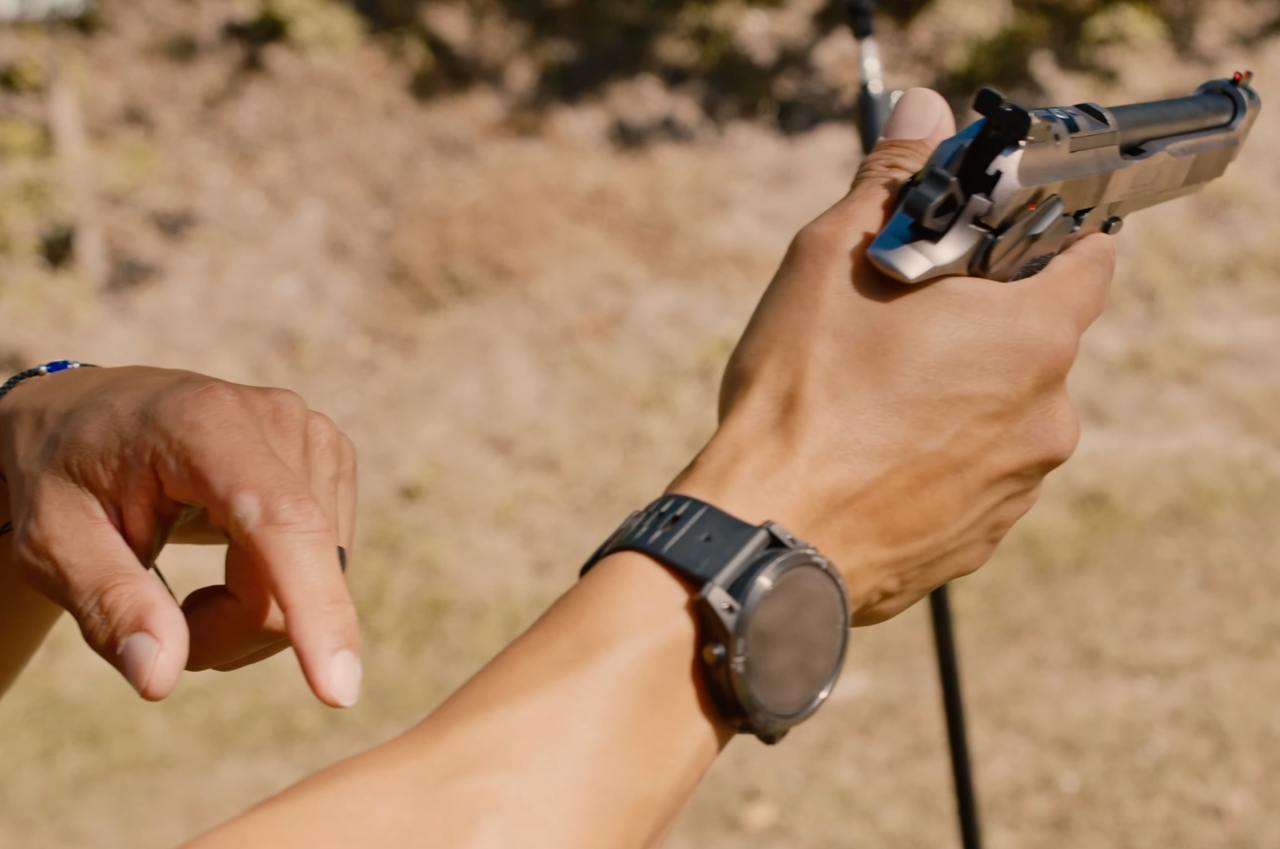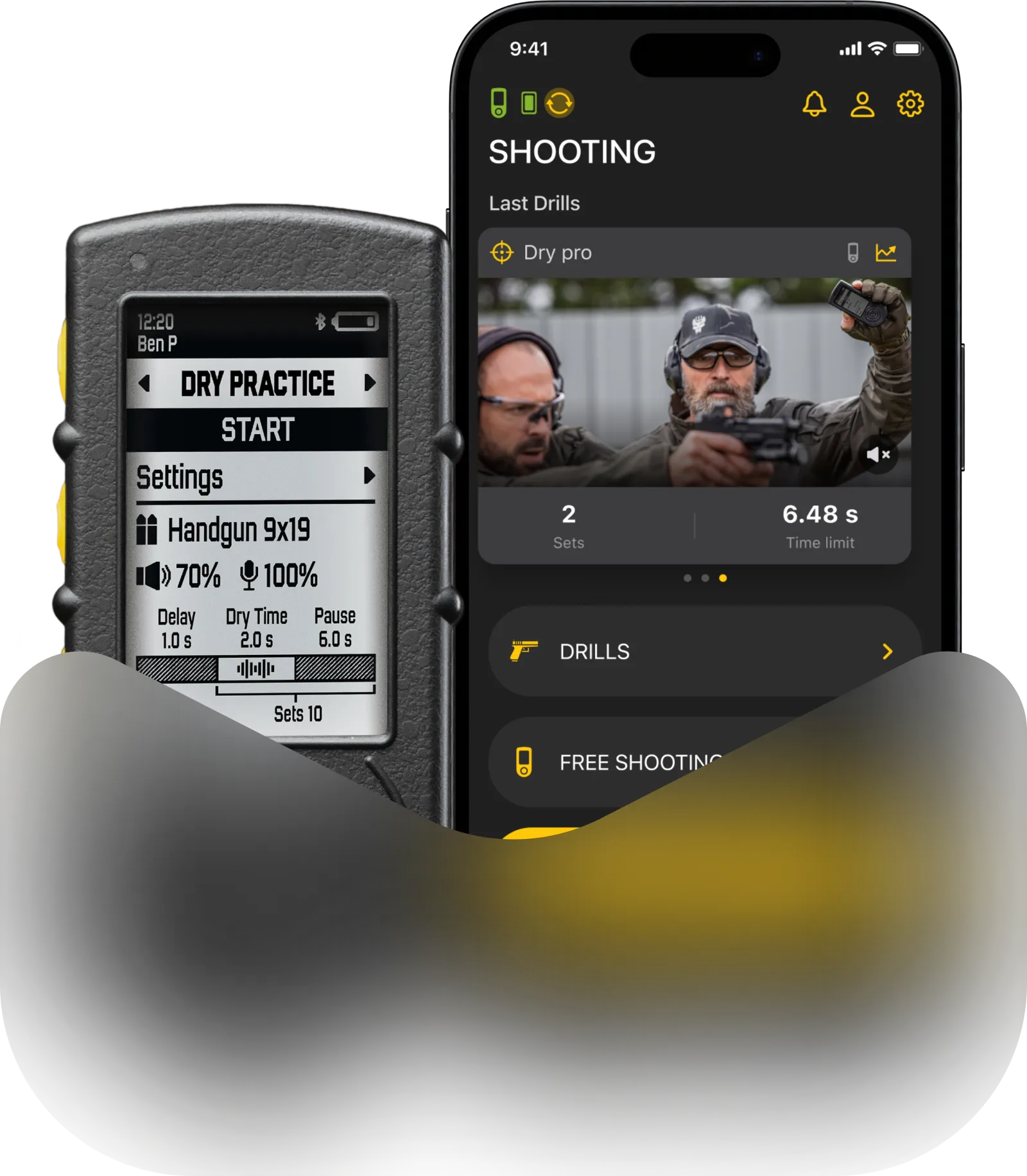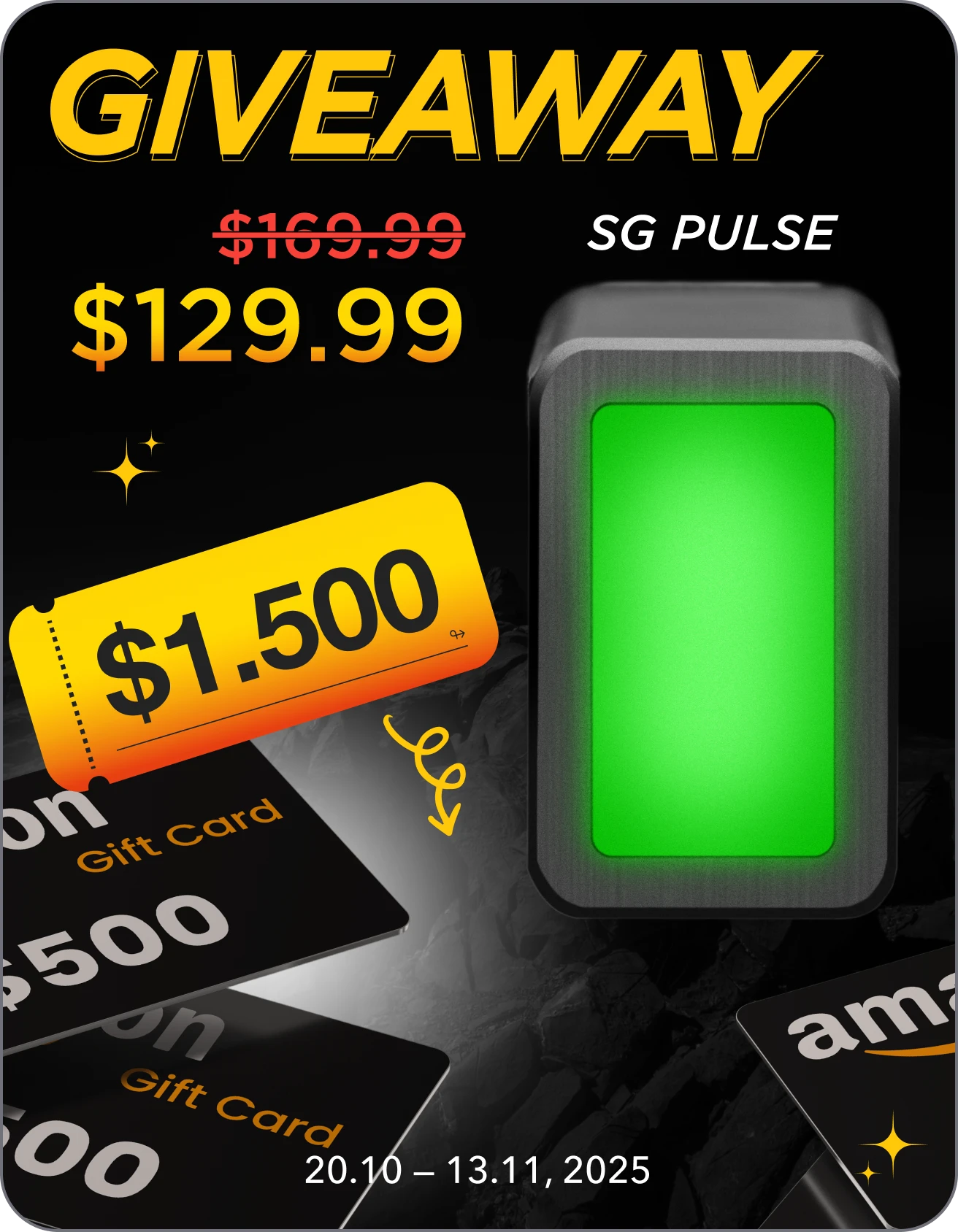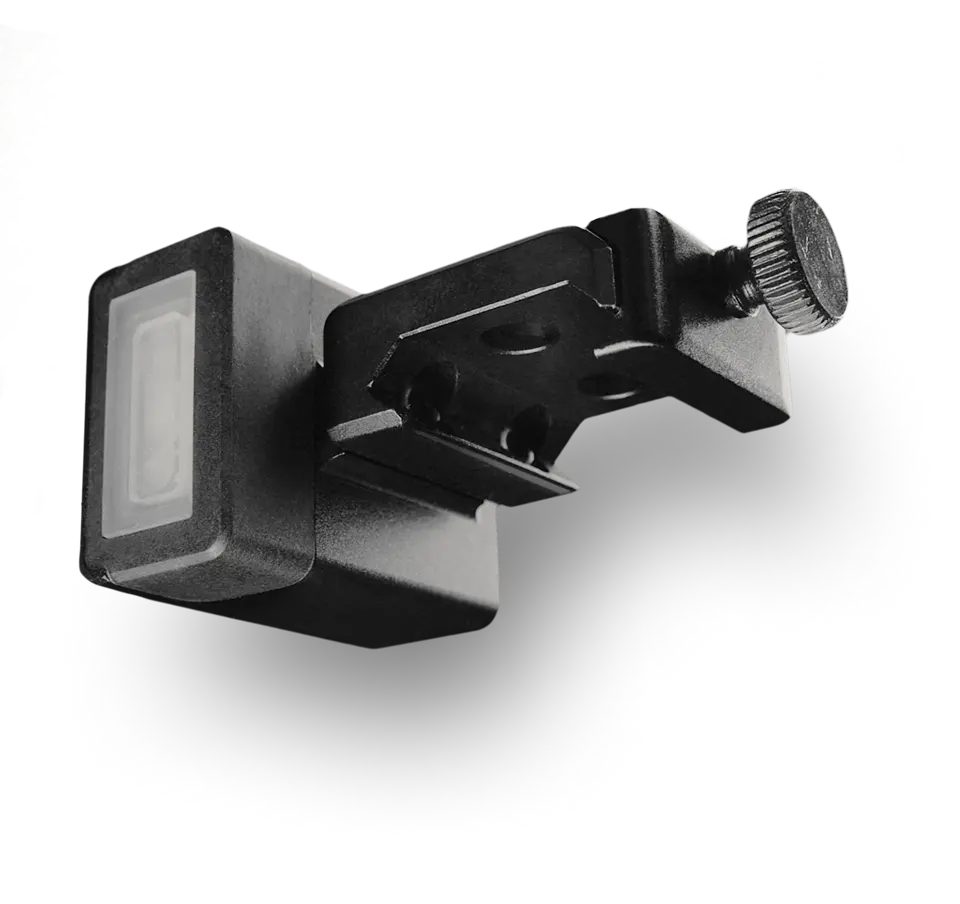Learning to shoot effectively involves mastering several fundamental skills. This guide covers the top three mistakes beginners often make and provides insights on how to correct them to enhance overall performance.
Mistake 1: Improper Grip
The ability to handle and hold a firearm correctly is crucial. Controlling the muzzle with the right technique, pressure, and leverage is essential for developing a solid shooting foundation and progressing to advanced levels.
A common mistake is maintaining a loose grip, which causes excessive movement of the gun when firing. This makes it difficult to control recoil and slows down the ability to return to the target quickly. Adjusting the grip to provide higher leverage and more pressure, especially with the bottom two fingers, can significantly reduce the gun’s movement.
An effective grip involves:
- Applying pressure with the bottom two fingers to prevent the gun from flipping upward.
- Pushing forward with the thumb to tense the tendons, providing additional control.
- Keeping the trigger finger free to move smoothly without squeezing the entire hand too tightly.
- Positioning the support hand as high as possible on the gun to fill the entire area with the palm, squeezing into the gun from both sides.
By making these adjustments, the muzzle rise is minimized, and the gun returns to the target more quickly, allowing for faster and more accurate follow-up shots.
Using Video Analysis
Utilizing a timer and video analysis can help identify grip issues by visually showing how the gun moves during firing. Comparing shots with a loose grip versus a proper grip demonstrates the significant difference in gun control and shooting efficiency.
Also read: 5 Popular Affordable Shot Timers Comparison Table
Mistake 2: Incorrect Trigger Manipulation
Many new shooters are unaware of how to pull the trigger correctly. While smoothly pressing the trigger to the rear is acceptable for single shots or bullseye shooting, this method becomes less effective when firing multiple shots or engaging targets at longer distances.
Commonly, shooters rely solely on their grip and maintain the same trigger pull technique regardless of the target distance. This can lead to inconsistent shots, especially as the target moves further away.
Improving Trigger Technique
To correct this, it’s important to:
- Prep the trigger. Take up the slack and reach the „wall” (the point of resistance before the trigger breaks) before deciding to fire. This reduces unnecessary movement and reaction time.
- Maintain consistent finger placement. Ensure the trigger finger moves directly back without lateral movement, which can disrupt aim.
- Reduce reaction time. By prepping the trigger, the time between the decision to shoot and the shot firing is minimized, allowing for quicker and more accurate shooting.
Benefits of Proper Trigger Manipulation
Using video analysis reveals differences in trigger manipulation. Shots taken without proper trigger prep often have longer reaction times and less consistency on target. By adjusting the trigger technique, shooters can achieve faster reaction times and more accurate, consistent shots, particularly at longer distances.

Mistake 3: Closing One Eye While Shooting
Many beginners, and even some experienced shooters, tend to close one eye to obtain a clear sight picture, especially when using iron sights. This habit can become a crutch, limiting the ability to engage targets effectively, particularly when transitioning between multiple targets or in tactical situations.
Transitioning to Both Eyes Open
To break this habit:
- Start with one eye closed. Begin by acquiring the sight picture with one eye closed to confirm what it looks like.
- Open both eyes. Without moving the gun or altering the sight alignment, open both eyes and focus on maintaining the same sight picture.
- Practice firing. Fire the shot with both eyes open. After recoil, reacquire the sight picture with both eyes open and repeat the process.
- Repeat and familiarize. Continuously practice this method to become accustomed to the visual input with both eyes open.
Advantages of Both Eyes Open
This approach helps shooters familiarize themselves with what a good sight picture looks like with both eyes open, improving depth perception and situational awareness. Over time, shooting with both eyes open enhances speed, accuracy, and the ability to engage multiple targets efficiently.
Watch more Shooters Global videos on YouTube
Conclusion
By addressing these common mistakes—improper grip, incorrect trigger manipulation, and closing one eye while shooting—beginners can significantly improve their shooting skills. Focusing on proper techniques and consistent practice leads to better control, accuracy, and overall performance as a shooter.
Note: Always prioritize safety and consider seeking professional instruction to further develop shooting skills.






